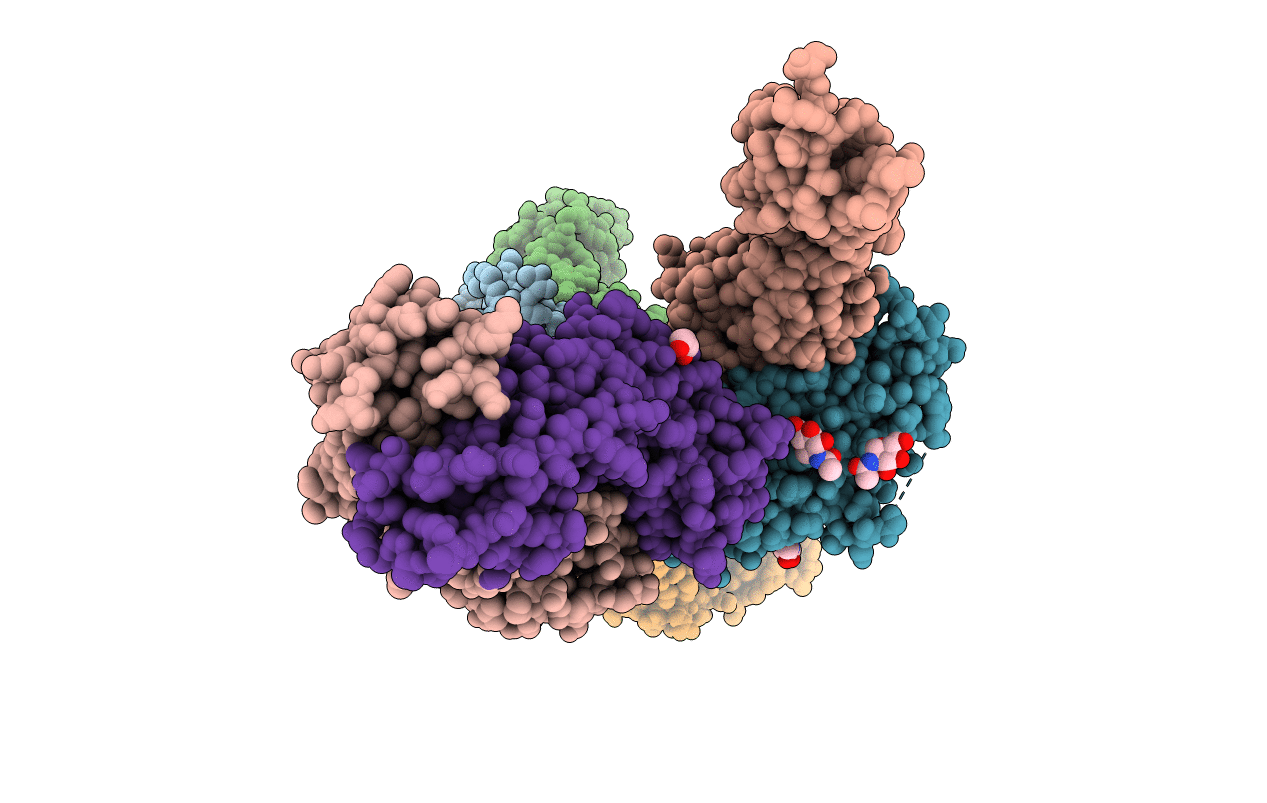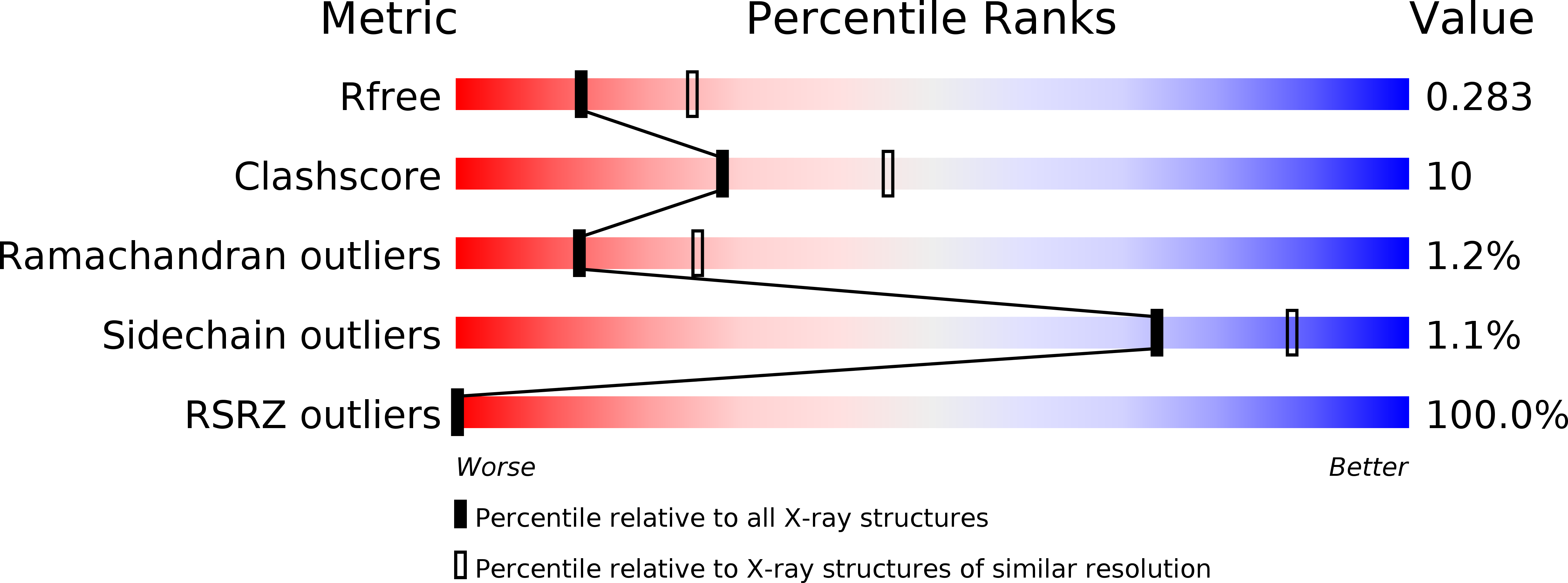
Deposition Date
2009-09-18
Release Date
2009-12-29
Last Version Date
2023-09-06
Entry Detail
PDB ID:
3JWD
Keywords:
Title:
Structure of HIV-1 gp120 with gp41-Interactive Region: Layered Architecture and Basis of Conformational Mobility
Biological Source:
Source Organism:
Human immunodeficiency virus 1 (Taxon ID: 11676)
Homo sapiens (Taxon ID: 9606)
Homo sapiens (Taxon ID: 9606)
Host Organism:
Method Details:
Experimental Method:
Resolution:
2.61 Å
R-Value Free:
0.27
R-Value Work:
0.20
Space Group:
P 21 21 21


